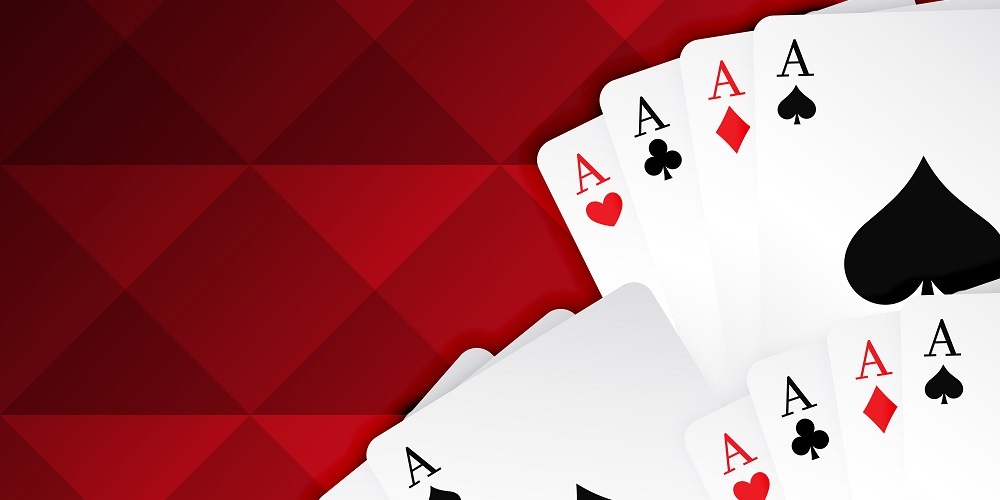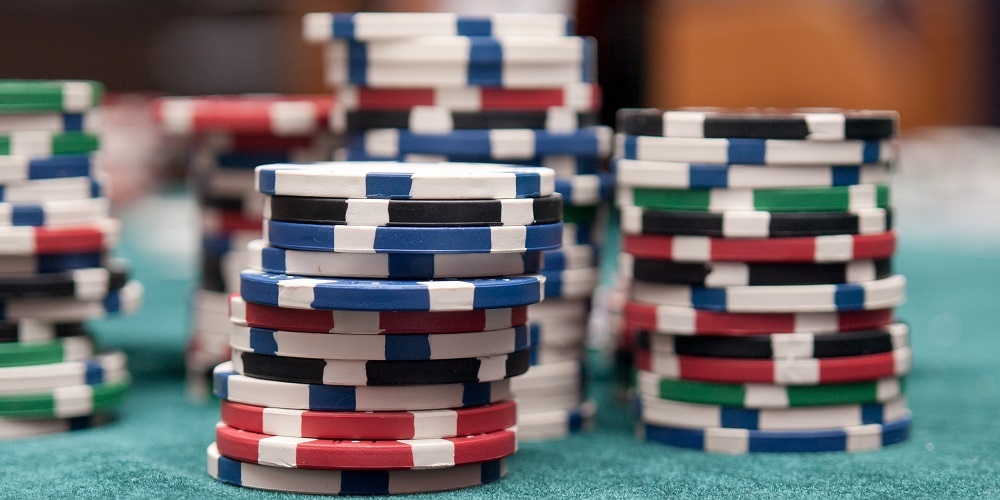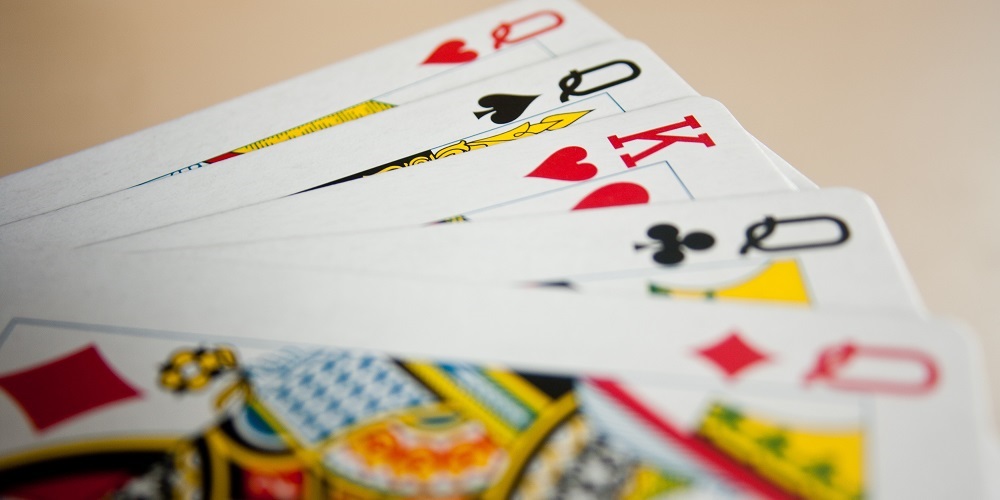Poker can be played in several modalities, table types and with a different number of players. It all depends on whether we are talking about a shorthanded poker table or a full ring, which has all the positions and allows you to have a complete view of the strategies from every area of the table.
In order for you to have a complete vision of what each position of the table can offer you in a poker game, we are going to make a brief compilation of the positions and the number of players that can play in each modality.
How many people can play poker at a full ring table

Let’s start with full ring poker. How many people can play poker at this type of table? If we take into account the blinds, the initial, intermediate and final blinds, we are talking about a total of 10 positions to cover, which would be divided as follows:
Blinds.
- SB (small blind).
- BB (big blind).
Initial Positions.
- UTG (Under The Gun).
- UTG +1.
- UTG +2.
Intermediate Positions.
- MP1 (Mid Position 1).
- MP2.
- HJ (Hijack).
Late positions.
- CO (Cutoff).
- BU (Button).
You probably already know that in poker the number of players has implications beyond the competitiveness that is achieved with higher numbers. We are talking about an important twist to the strategy that has direct implications on the game, and that affects you as a player.
Positions in poker determine the kind of information we can get, as well as in what quantity. For example, from Hijack or any of the Mid Positions we can get a lot of information at a full ring poker table, but in shorthanded poker, which omits some of these positions and shortens the path to close the ring, the amount of data that can be obtained is less.
What does this mean? That, contrary to popular belief, full ring poker is better for a beginner, even if there are more players in the hand, because with more data you can make better decisions. In addition, you have a longer time interval to calculate the next moves, an advantage that is reduced in shorthanded poker and that is almost neutralized in Sit & Go poker, where it is usually played with no more than 4 players.
How many people can play poker in shorthanded poker

In shorthanded poker, things are different. Because an 8-max table is already shorthanded, since it cuts some of the positions of the table, but there are 6-max tables, which further increase the difficulty by reducing the number of players and the distance between positions.
In a 6-max table, usually the prevailing positions are the following:
Blinds.
- SB (small blind).
- BB (big blind).
Initial Positions.
- UTG (Under The Gun).
Intermediate Positions.
- MP (Mid Position).
Late positions.
- CO (Cutoff).
- BU (Button).
In 8-max poker, the positions would be as follows:
Blinds.
- SB (small blind).
- BB (big blind).
Initial Positions.
- UTG (Under The Gun).
- UTG+1.
Intermediate Positions.
- MP1 (Mid Position).
- MP2.
Late positions.
- CO (Cutoff).
- BU (Button).
Although all these tables are included in what we call shorthanded poker, in reality the strategies are very different even when occupying the same position. Let’s look especially at the late positions. A Cutoff or a Button in 8-max poker has two additional sources of data compared to 6-max poker. This is important to keep in mind because the game is not played in the same way.
It is crucial, therefore, to adapt your strategy and decision making to the table you are at, something you must do whether you are making the jump from a full ring to a shorthanded poker table or between 6-max and 8-max tables.
How many cards to play poker at each type of table

Part of the strategy is based on the probability that arises from the distribution of cards, taking into account the number of players at the table and the number of cards involved. With the same deck, 6-max and 8-max play differs completely by obtaining different probabilities in each case by this simple mathematical rule of card dealing.
That is to say: the calculations have to be adapted at each table to the probabilities offered by each one. That is why it is so important for many players to know how many cards to play poker with at a table of 6 or 8 players.
Normally, poker is played with an English deck of 52 cards. This is a number that you have to keep in mind. And don’t forget that within shorthanded poker there are more tables besides 6 and 8 players: many platforms have in 5-max poker the best exponent of this type of games, so remember to adapt your calculations to the number of players at the table.
Knowing how many cards you play with in poker is something that by itself has no effect. But if you start to establish a relationship between the probabilities that each player has of getting a certain card based on the number of players, the number of cards and the cards on the flop, things change. This will allow you to adapt your strategy and improve your decision making based on a simple probability calculation.
The moral of the story is that you have to think outside the box. Numbers in poker matter, but they give a lot more information than they seem to. Never forget that IP strategies are everything in poker, and even more so at a 5-max or similar table. With that in mind, and taking into account the amount of information you can get in each round based on your position at the table, you will be able to handle a sufficient amount of data to get by in a full ring and shorthanded poker game.

